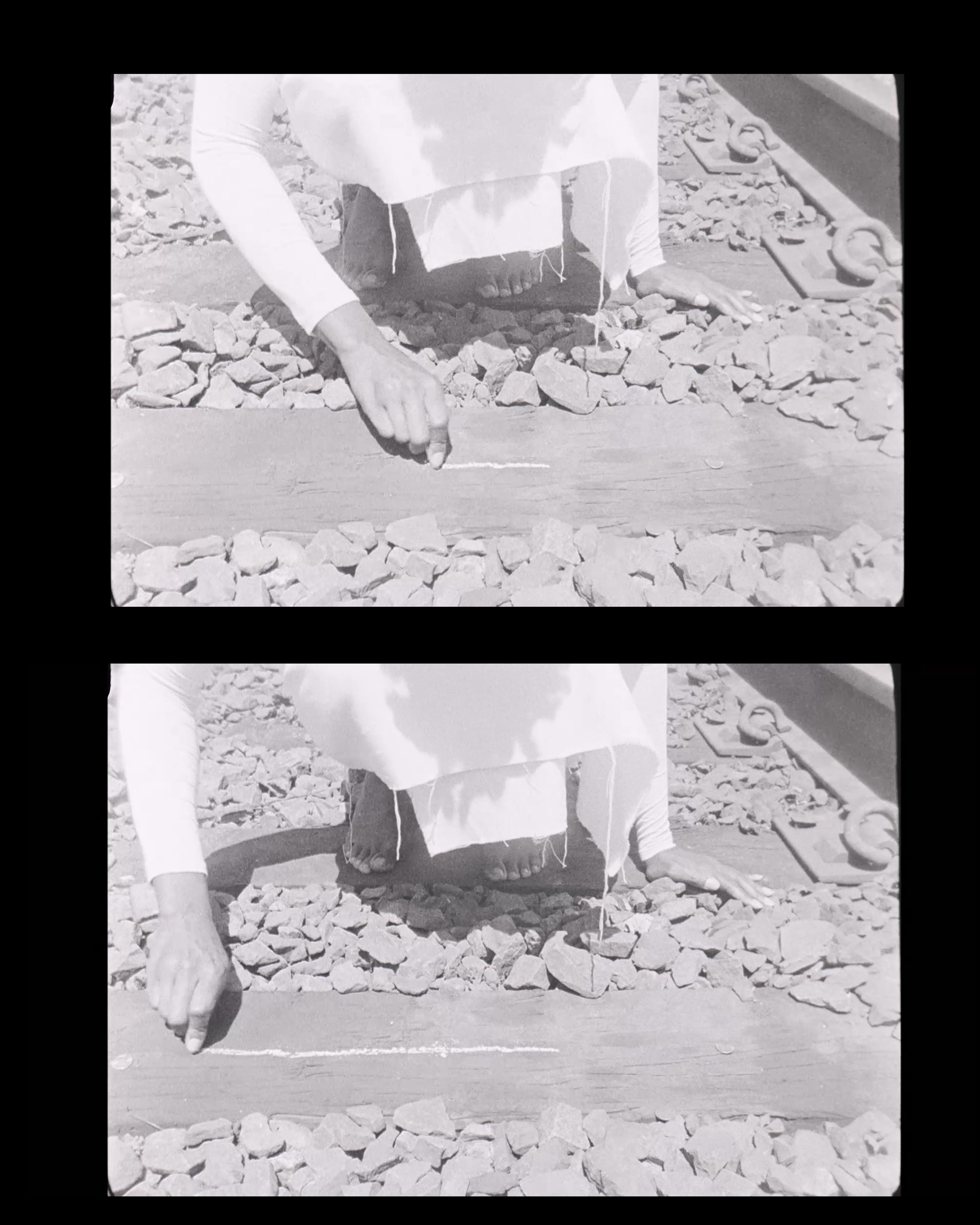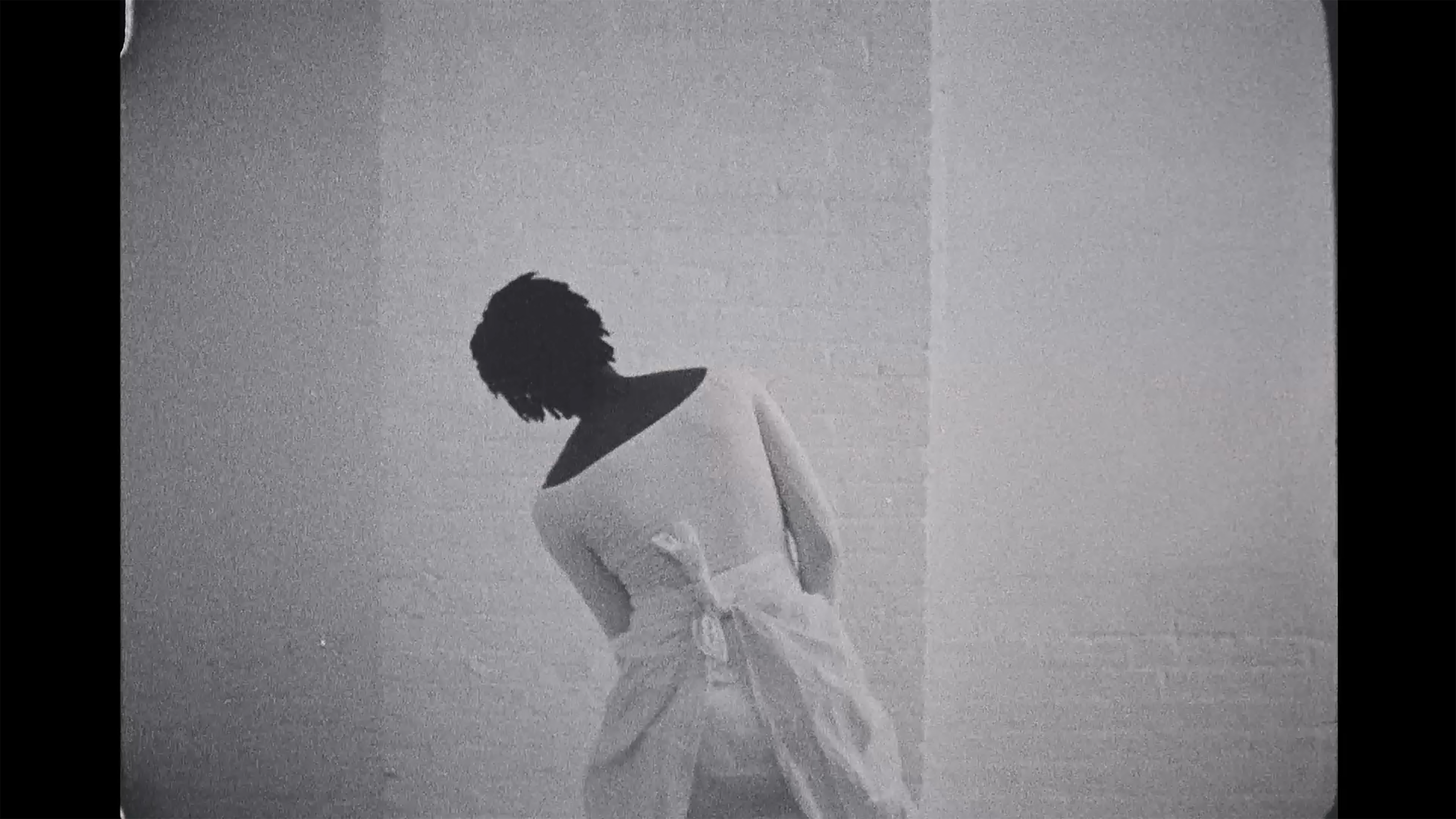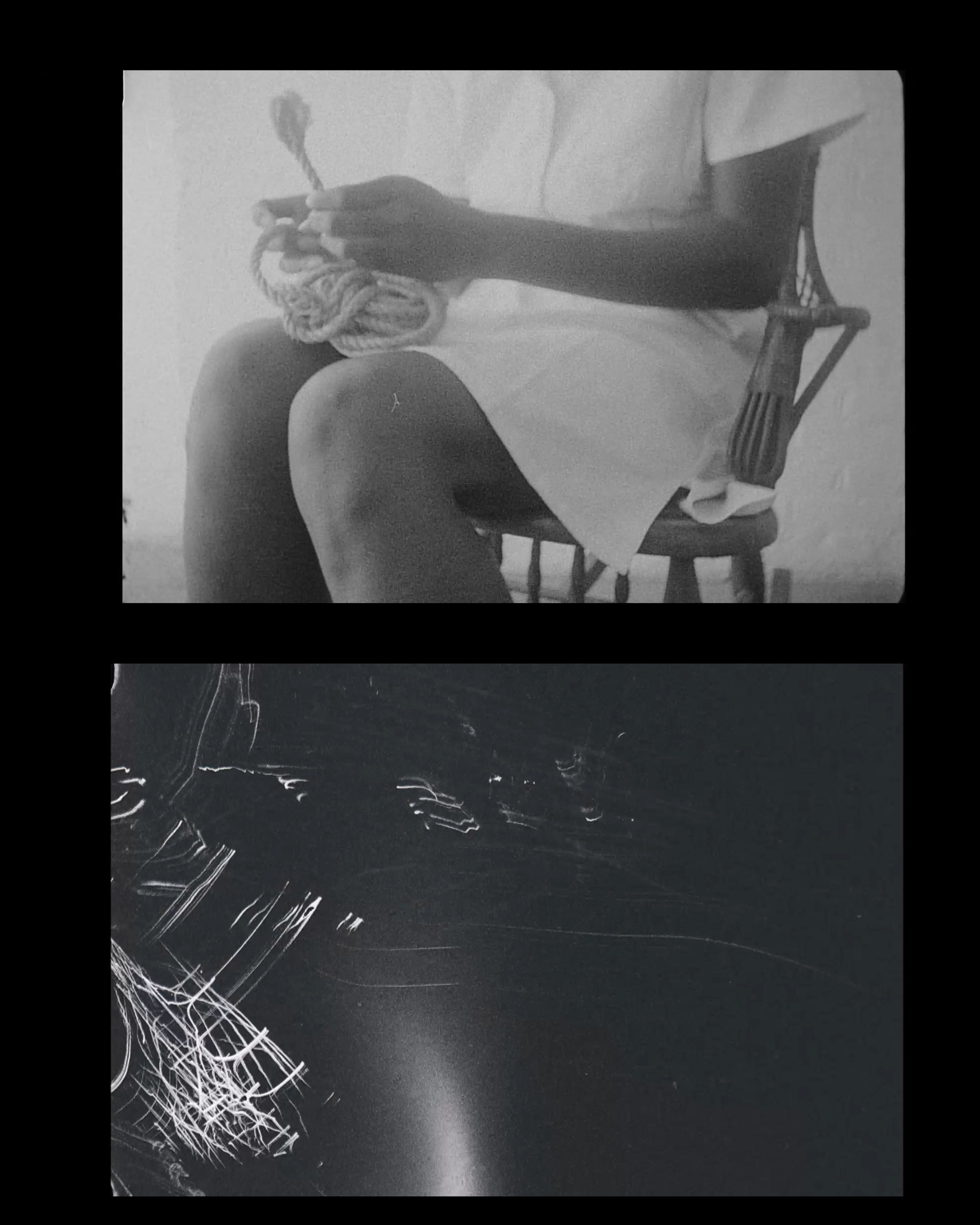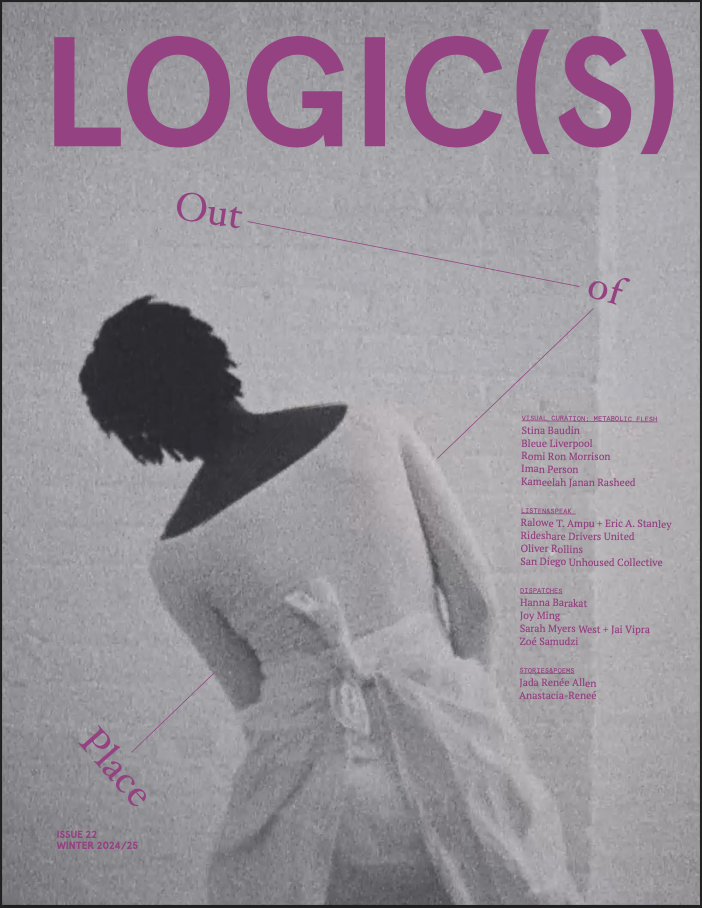Commissioned site specific intervention
with the history that houses the PS1- 229 gallery in Iowa City,
Axis V conceptually transfigures the infrastructure of
the gallery into a navigational axis line.
It traverses both intimate geography
and the subsequent identities
within an identity forged by
the historical movment of the early 20th century.
with the history that houses the PS1- 229 gallery in Iowa City,
Axis V conceptually transfigures the infrastructure of
the gallery into a navigational axis line.
It traverses both intimate geography
and the subsequent identities
within an identity forged by
the historical movment of the early 20th century.



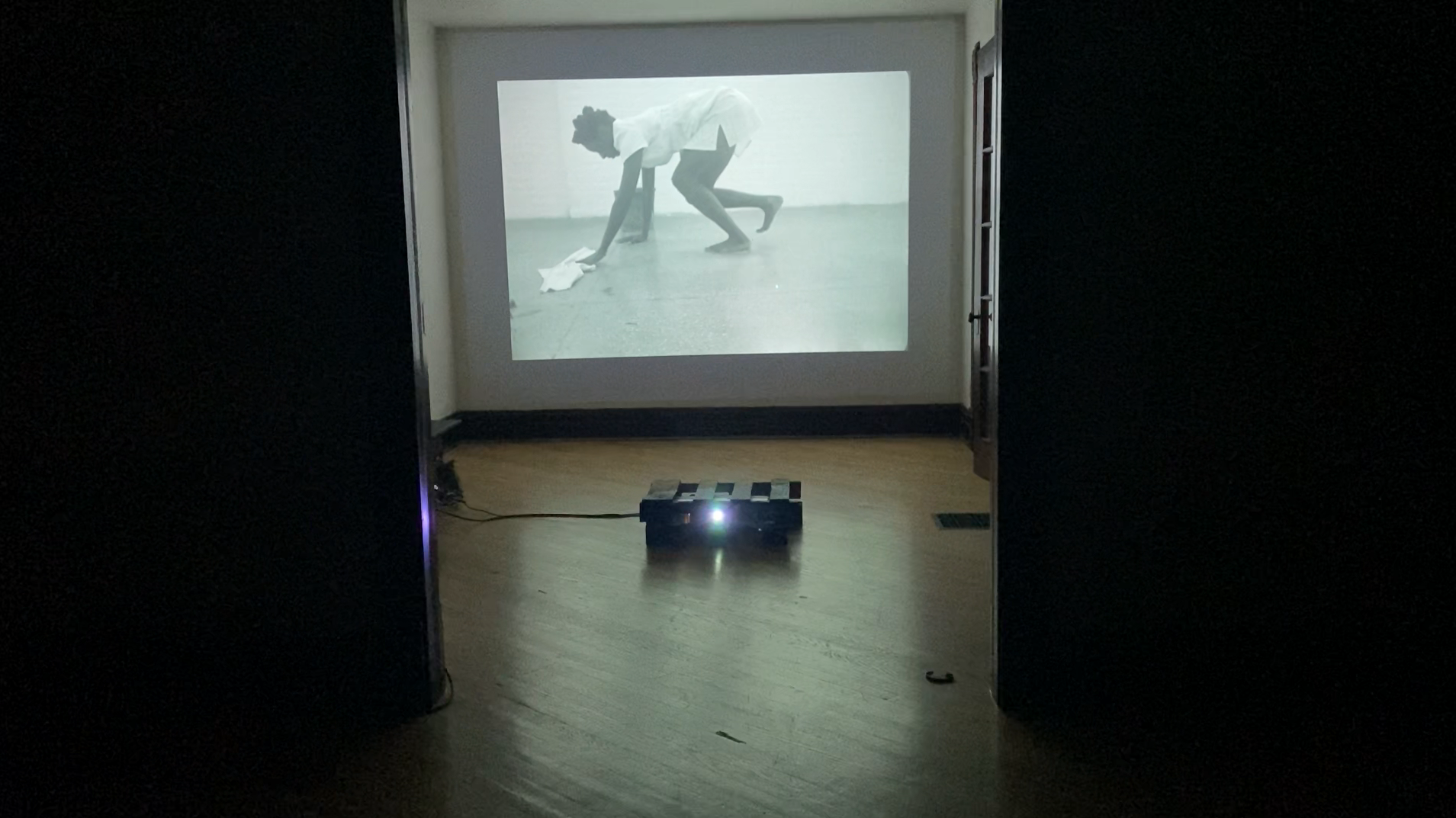
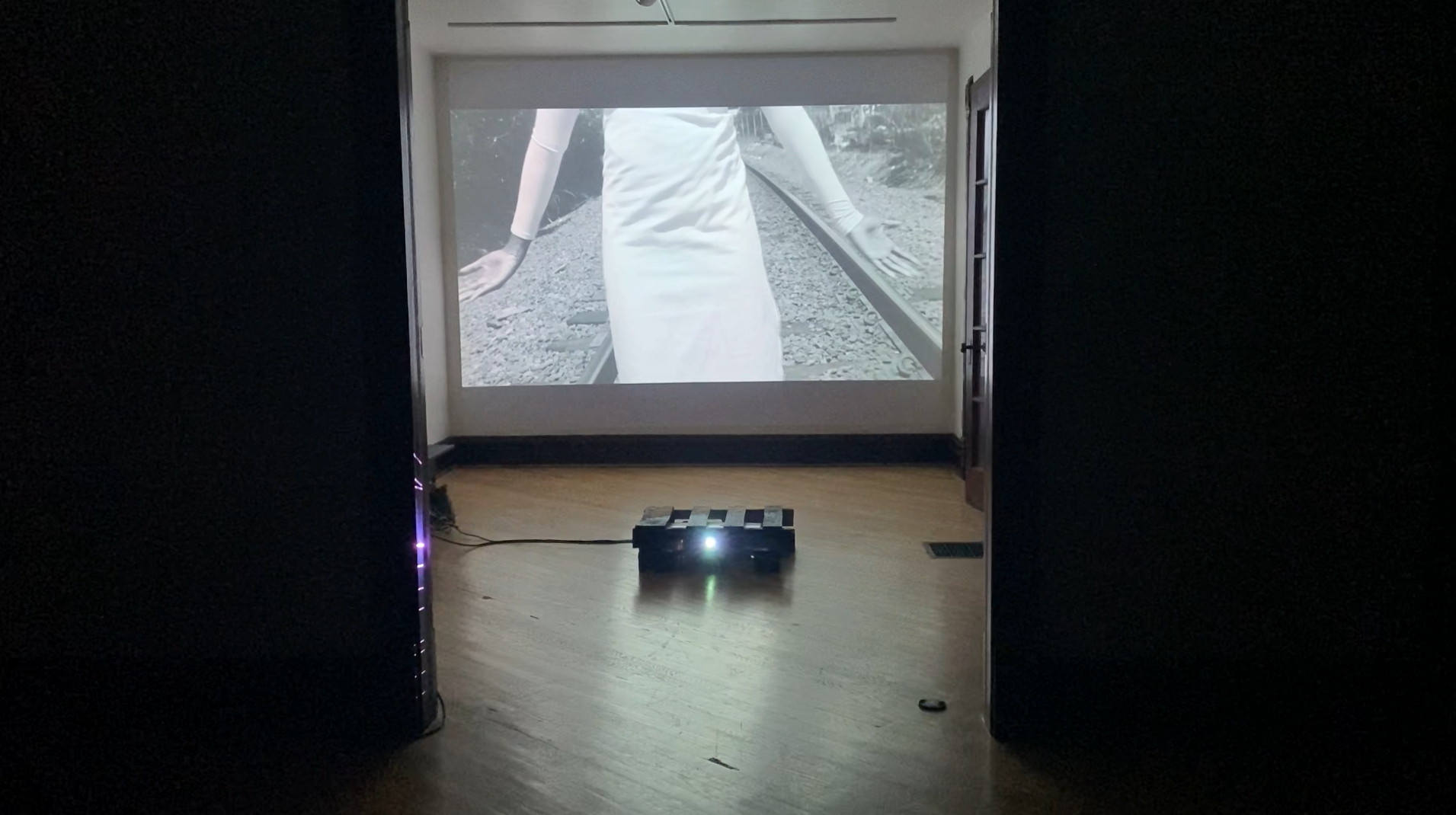
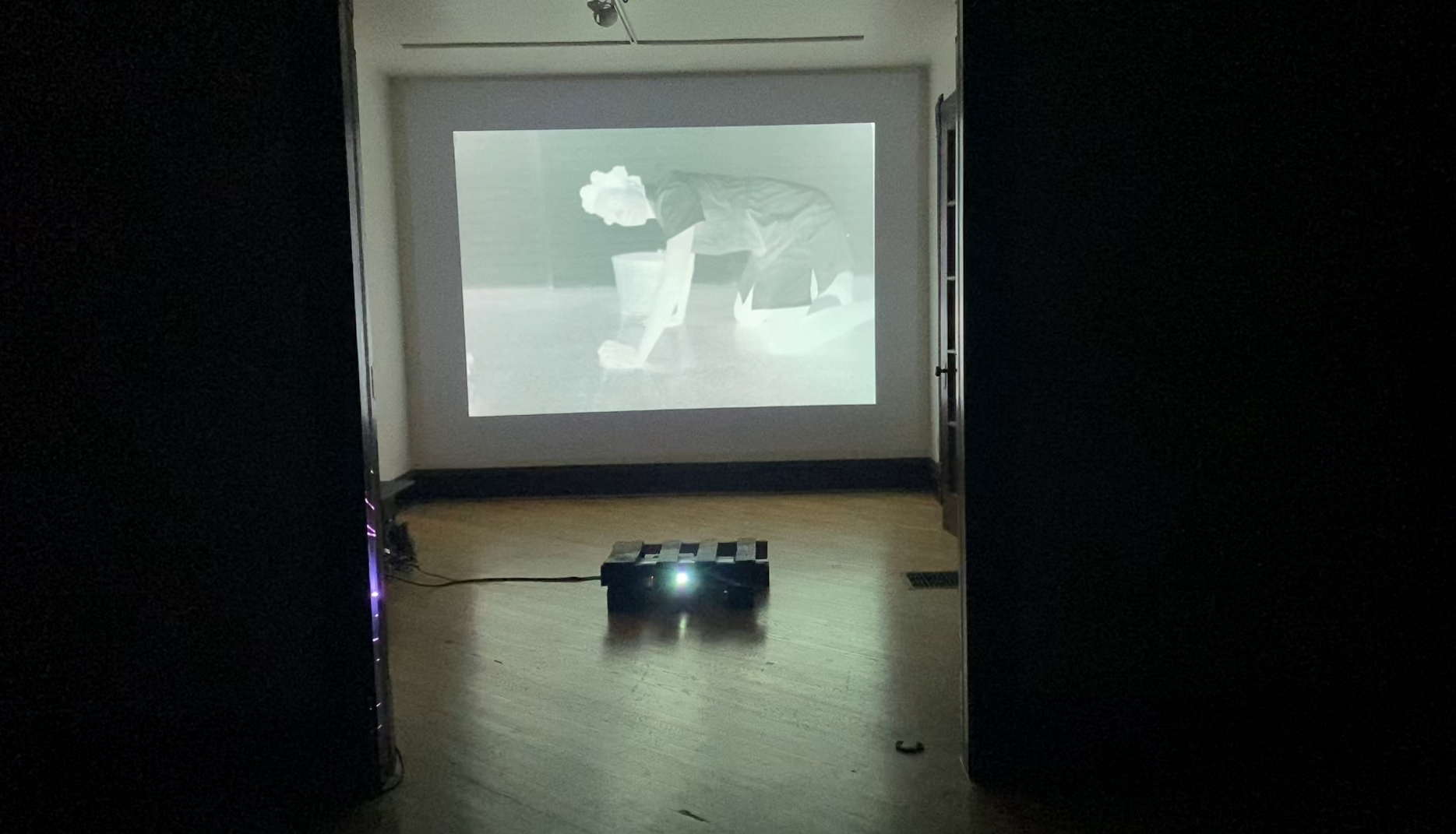
The Maid Narratives :
Black Domestics And White Families In The Jim Crow South (Siouthern Literary Studies)
Book by Charletta Sudduth, David W. Jackson III, and Katherine Worme
Published : 2012
“As early as 1917, the Chicago Defender, the nation’s most significant black newspaper, began a drive to lure southern blacks to leave behind Jim Crow and dire poverty for a life of promise in the North.
(Lemann 1992). “
“Southern black women, as Micki McElya (2007) suggests, were in big demand as servants since their countrified ways appealed to their urban employers, who found them tractable and easy to please. In hiring a maid, white employers sought workers who spoke with southern accents and colloquialisms. In so doing, McElya argues, they were “listening for the mammy’s soft, loving croon described so often in plantation fiction” (214).
“One fact that our interviews reveal is that in Iowa, only blacks with lighter complexions could get the better-paying jobs in the department stores and other establishments. While black men could secure factory work, most of the black women were relegated to various forms of domestic labor.”

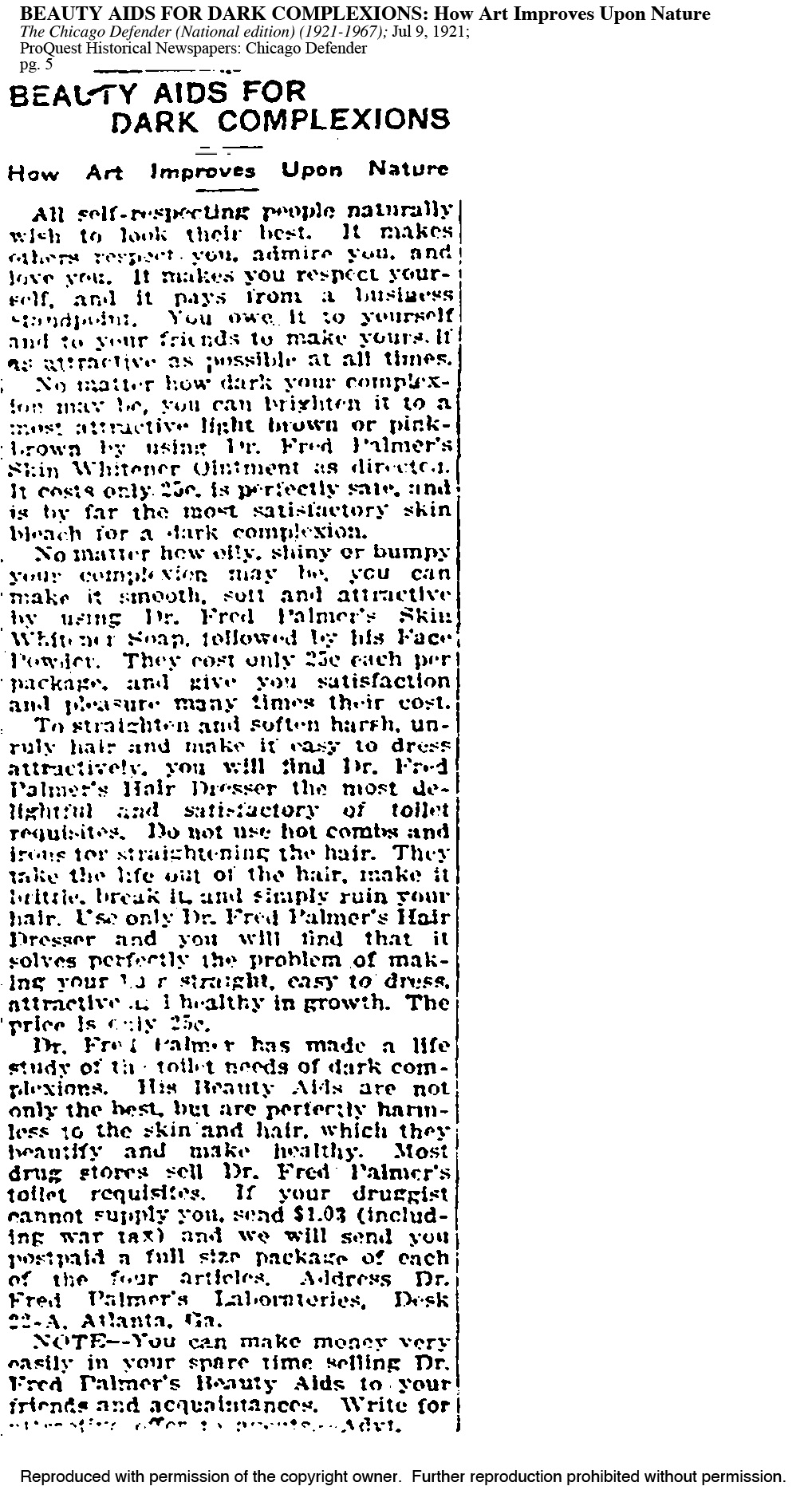
Research Asssitance :
Dr. Dellyssa Edinboro
Map of plantations in Carrol Parish, Louisiana

The 1860 U.S. Census Slave Schedules for Carroll Parish, Louisiana (NARA microfilm series M653, Roll 427) reportedly includes a total of 13,908 slaves, ranking it the third highest Parish total in Louisiana. This transcription includes the 102 slaveholders who held 40 or more slaves in Carroll Parish, accounting for 10,027 slaves, or 72% of the Parish total. The rest of the slaves in the Parish were held by a total of 496 slaveholders, and those slaveholders have not been included here.



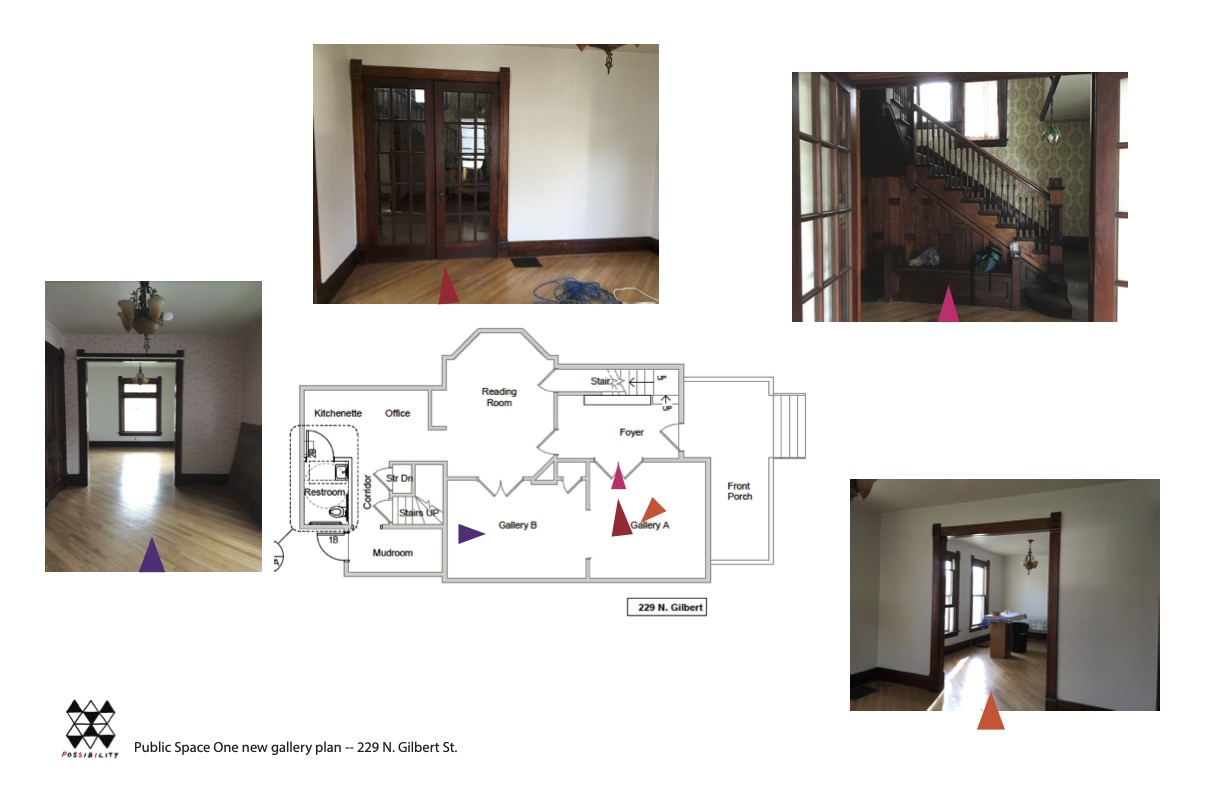
Axis V, 16mm transferred to HD file


